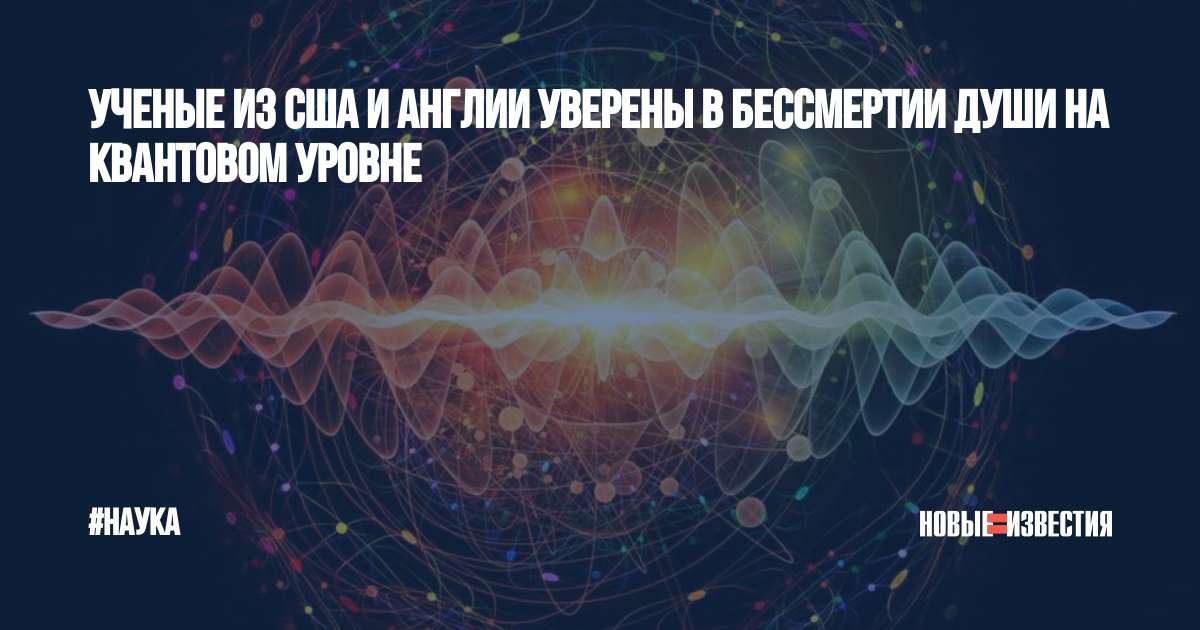
Quantum mechanics and the "immortality of the soul"
The soul does not die, but returns to the Universe - statements in this ... spirit are increasingly appearing in the world of physicists involved in quantum mechanics. These are not new concepts. Recently, however, a series of publications on this topic has gone through a fairly serious popular science press.
Since 1996, the American physicist Stuart Hameroff and Sir Roger Penrose, a theoretical physicist at the British University of Oxford, have been working on "quantum theory of consciousness ». It is assumed that consciousness - or, in other words, the human "soul" - originates in the microtubules of brain cells and is, in fact, the result of quantum effects. This process has been namedorganized objective reduction". Both researchers believe that the human brain is actually a biological computer, and human consciousness is a program run by a quantum computer in the brain that continues to function after the death of a person.
According to this theory, when people enter a phase known as "clinical death", the microtubules in the brain change their quantum state, but retain the information they contain. This is how the body decomposes, but not the information or the “soul”. Consciousness becomes part of the universe without dying. At least not in the sense in which it appears to traditional materialists.
Where are these qubits, where is this entanglement?
According to many researchers, such phenomena as confusion i quantum overlap, or nodal concepts of quantum mechanics. Why, at the most basic level, should this work differently from what quantum theories suggest?
Some scientists decided to test this experimentally. Among the research projects, the undertaking of specialists from the University of California at Santa Barbara stands out. To detect traces of quantum computing in the brain, they took hunting for qubits. They are trying to figure out if qubits can be stored in atomic nuclei. Physicists are especially interested in phosphorus atoms, which are abundant in the human body. Its nuclei could play the role of biochemical qubits.
Another experiment is aimed at mitochondrial research, the cell subunits responsible for our metabolism and sending messages throughout the body. It is possible that these organelles also play a significant role in quantum entanglement and the generation of informational qubits.
Quantum processes could help us explain and understand many things, such as methods for creating long-term memory or mechanisms for generating consciousness and emotions.
Perhaps the right way is the so-called biophotonia. A few months ago, scientists at the University of Calgary discovered that neurons in the mammalian brain are capable of light photon production. This led to the idea that in addition to the signals that have long been known in the neural hall, there are also optical communication channels in our brain. Biophotons produced by the brain can be successfully quantum entangled. Given the number of neurons in the human brain, up to a billion biophotons can be emitted in one second. Taking into account the effects of entanglement, this results in gigantic amounts of information being processed in a hypothetical photonic biocomputer.
The concept of "soul" has always been associated with something "light". Can a quantum brain-computer model based on biophotons reconcile worldviews that have been at odds for centuries?

